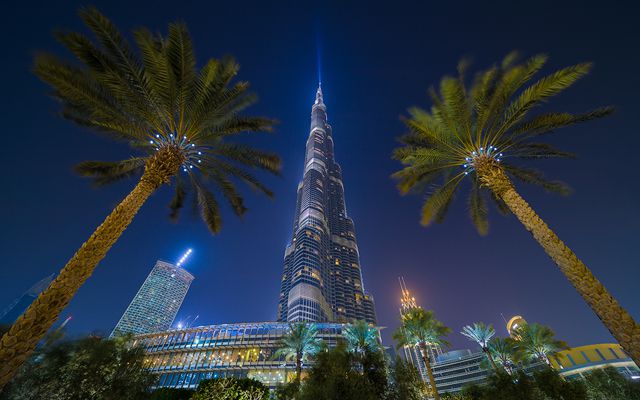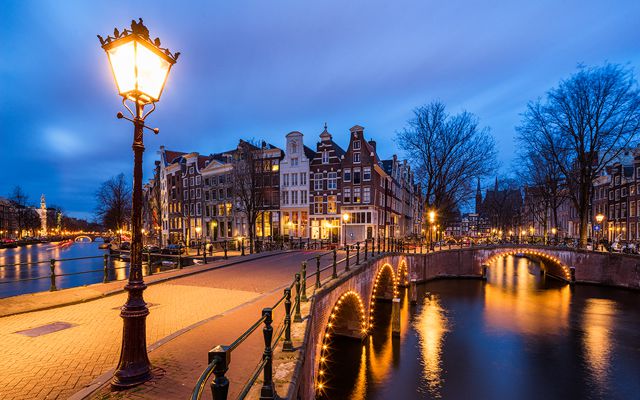Notre Dame fire
Really sad to see the photos and videos of the fire at the Notre Dame in Paris yesterday. Seeing such a big part of history and world heritage go up in flames is tragic. I do hope they try and rebuild it, even if it won’t be the same anymore.
Here are some of my older photos I posted of it. Better to remember it like this, than see it burning.




























